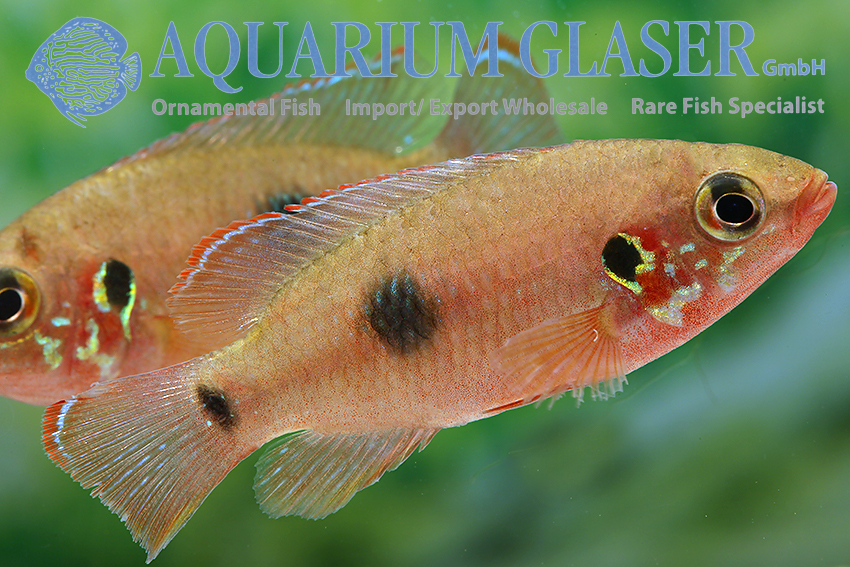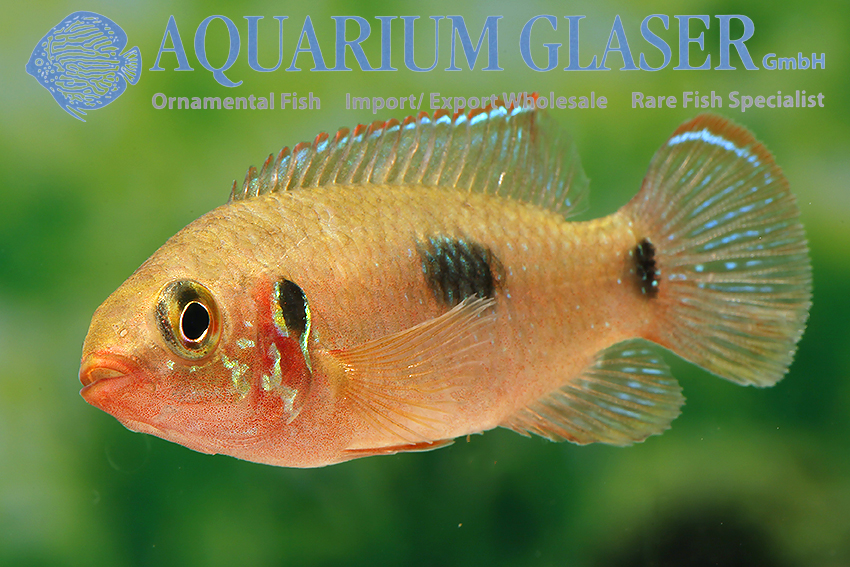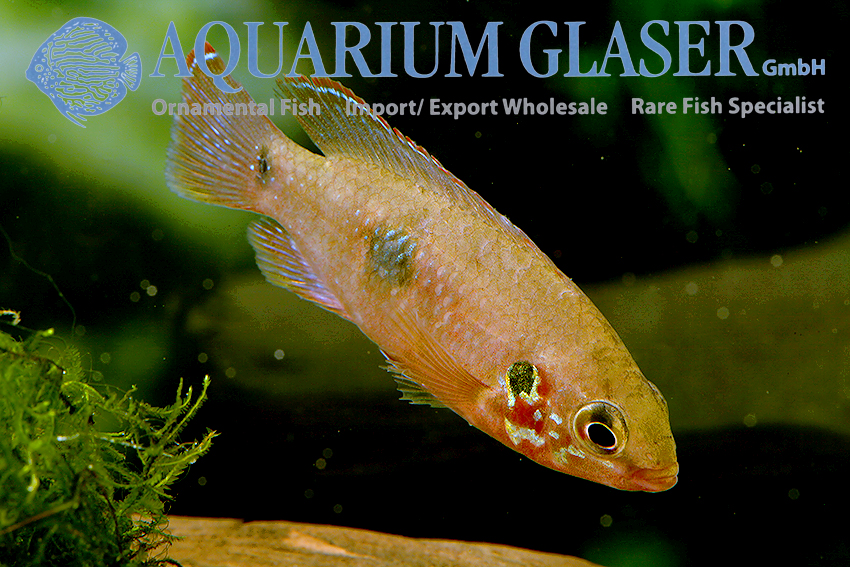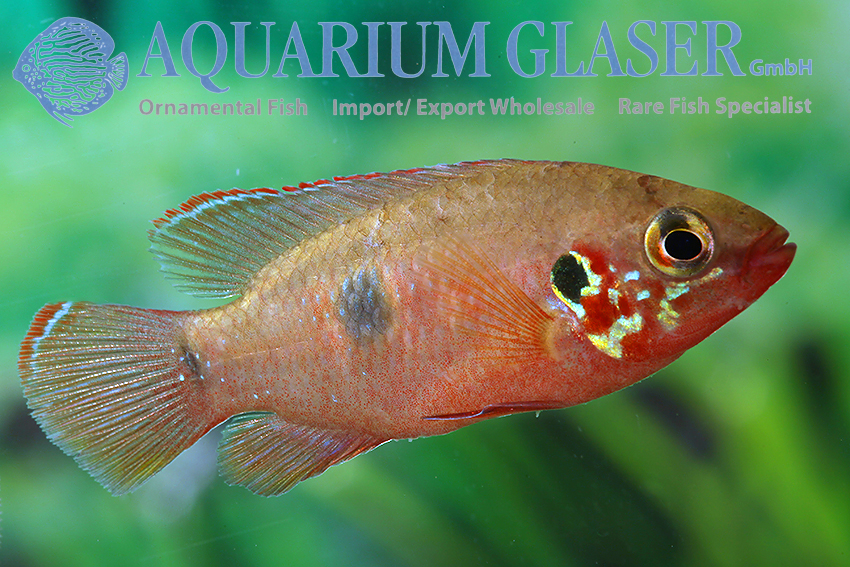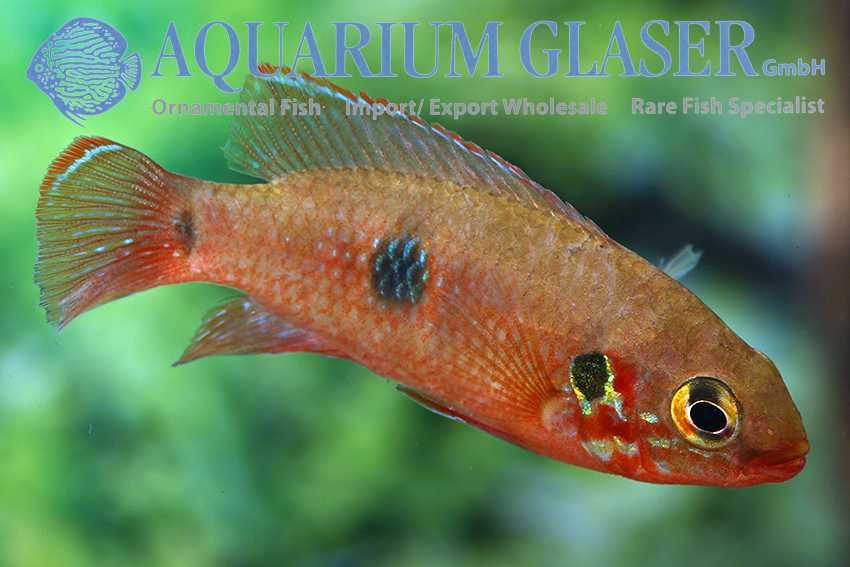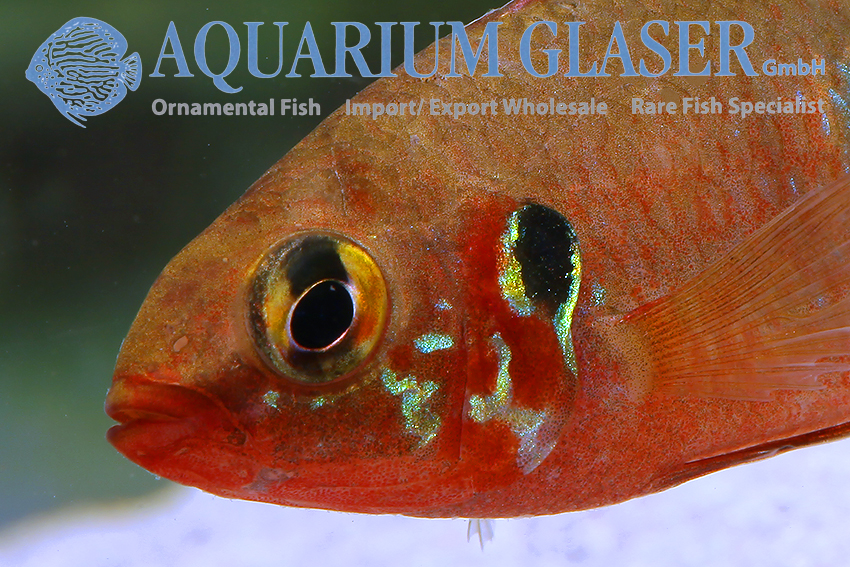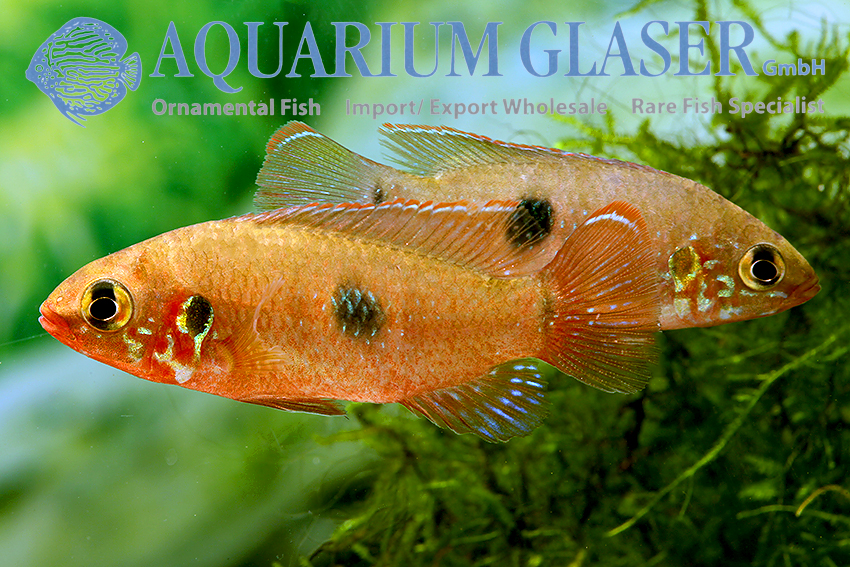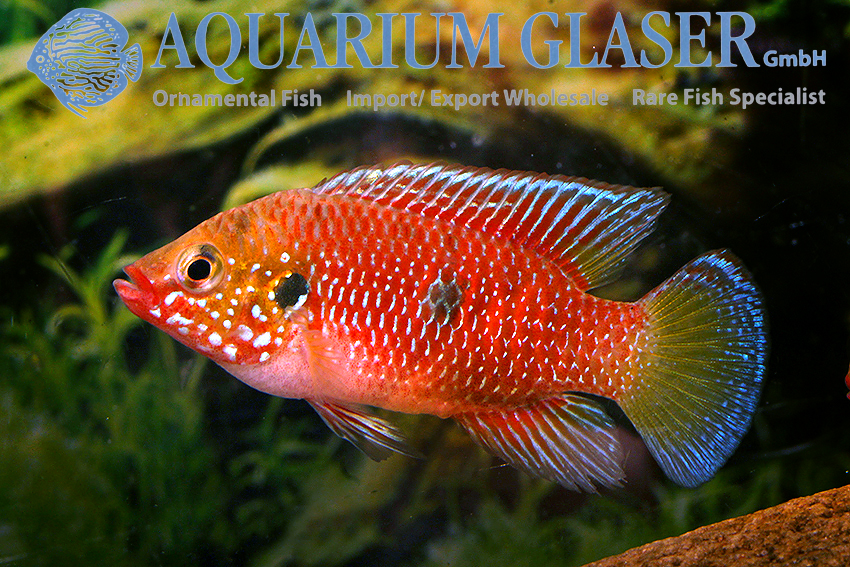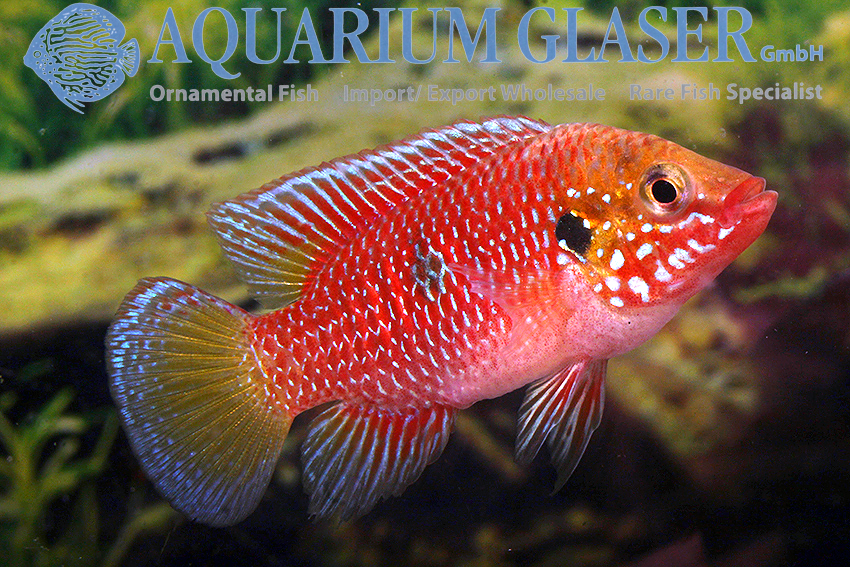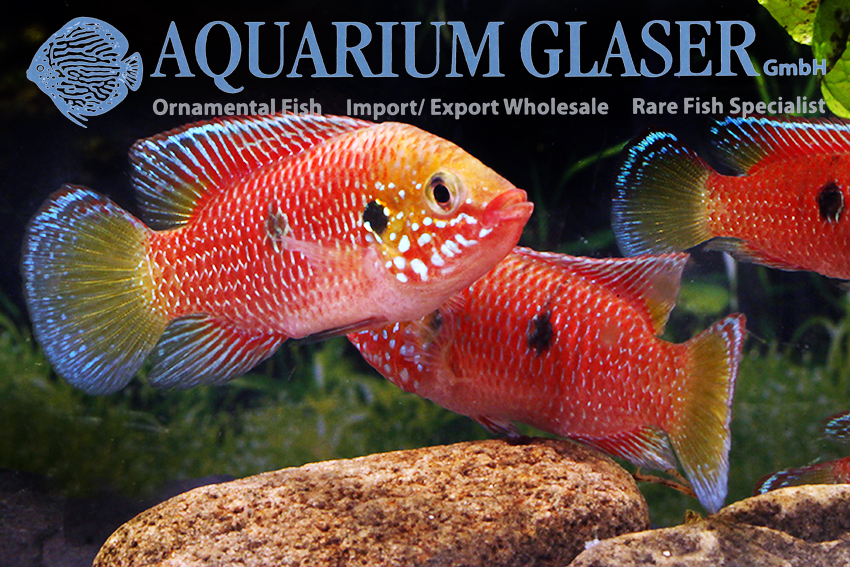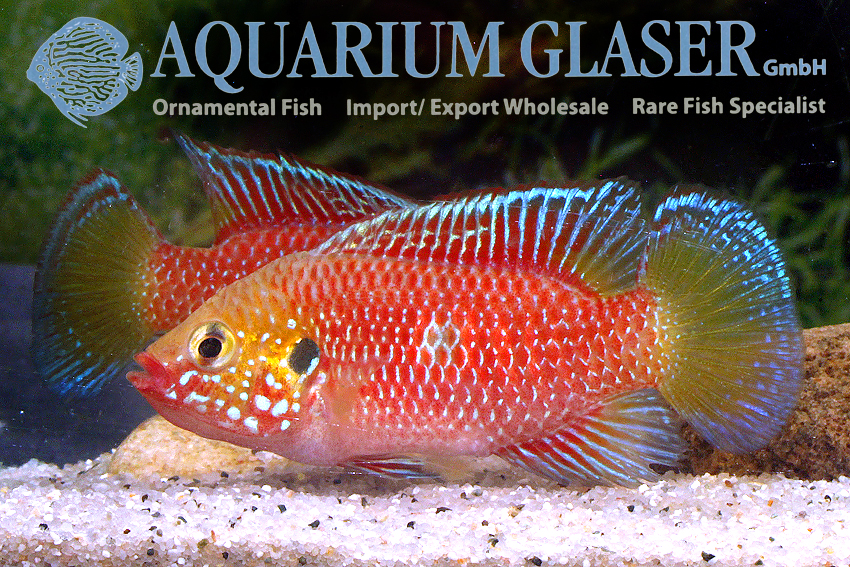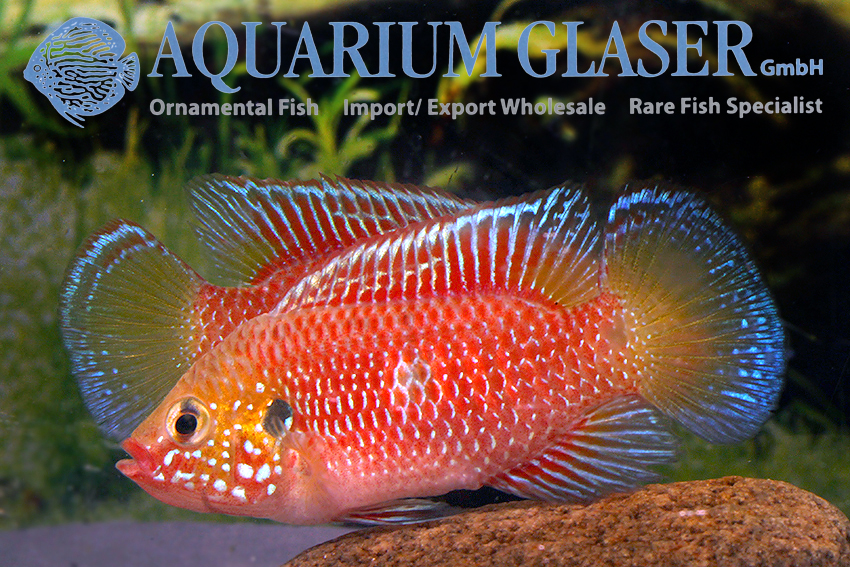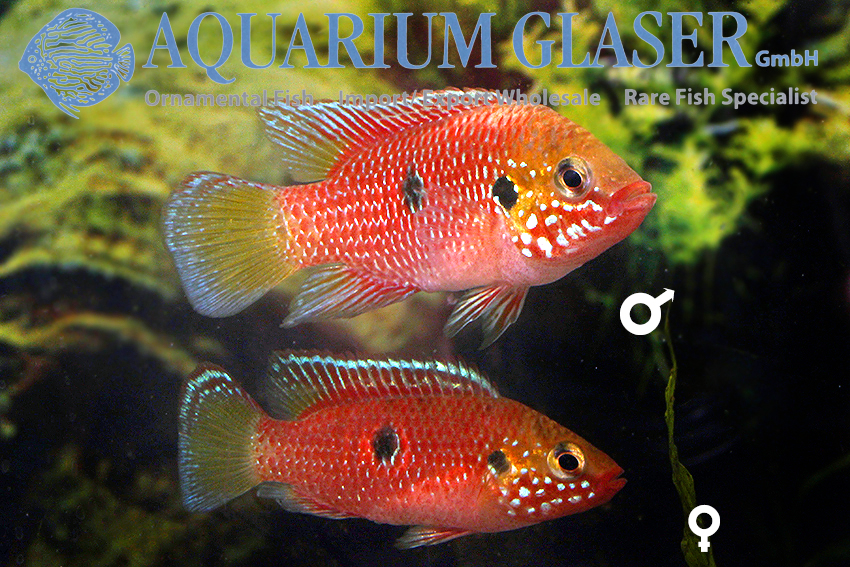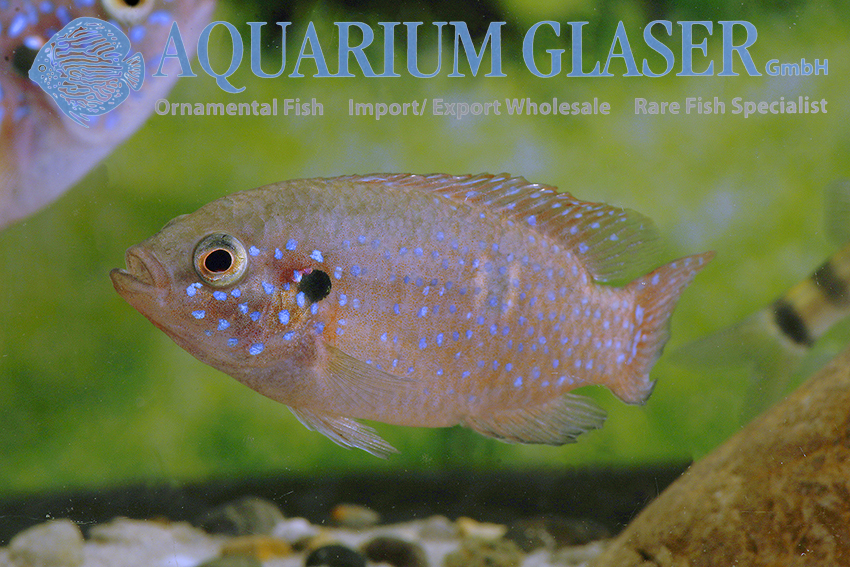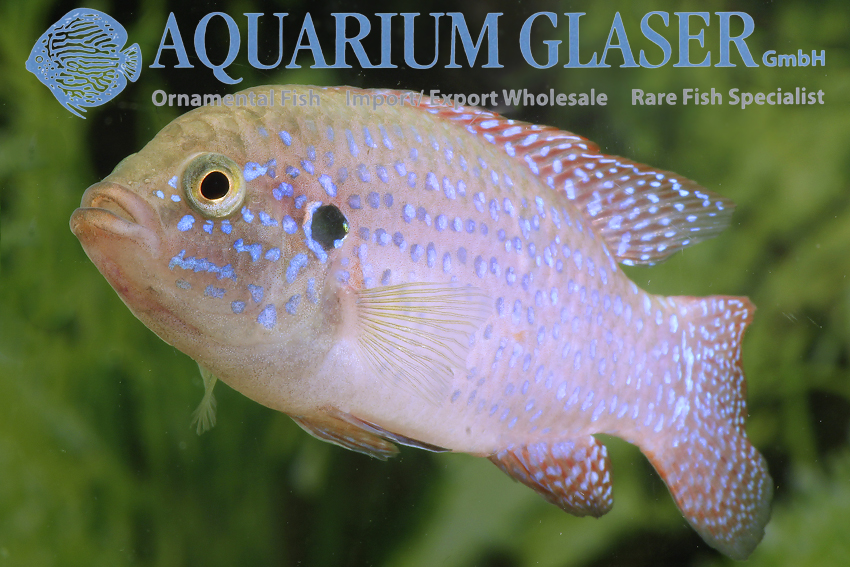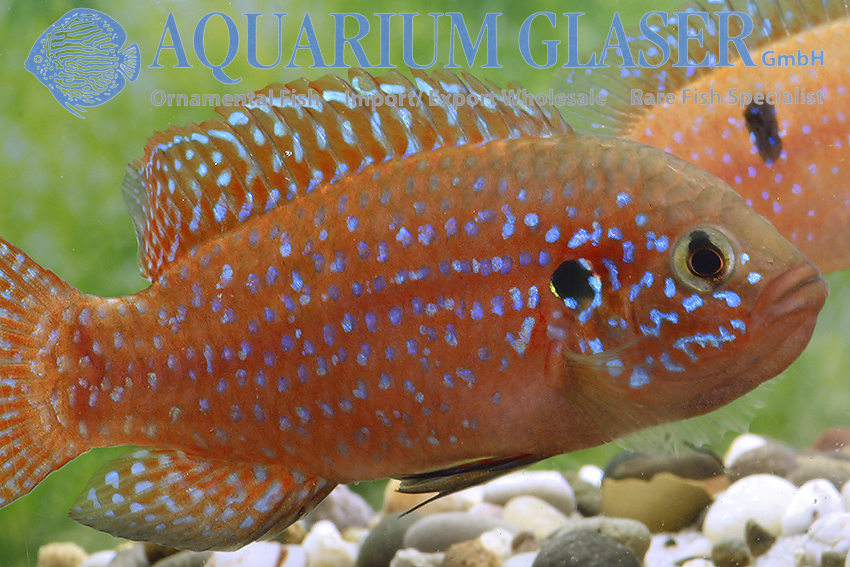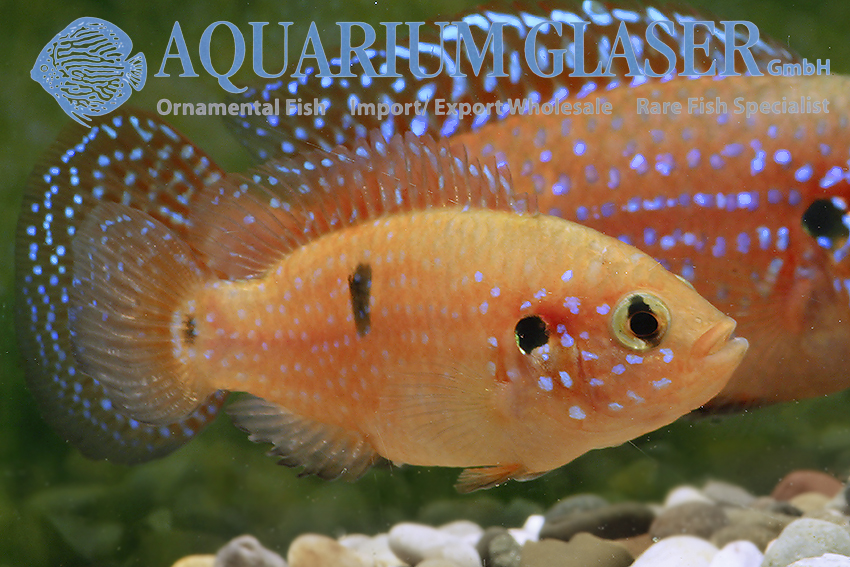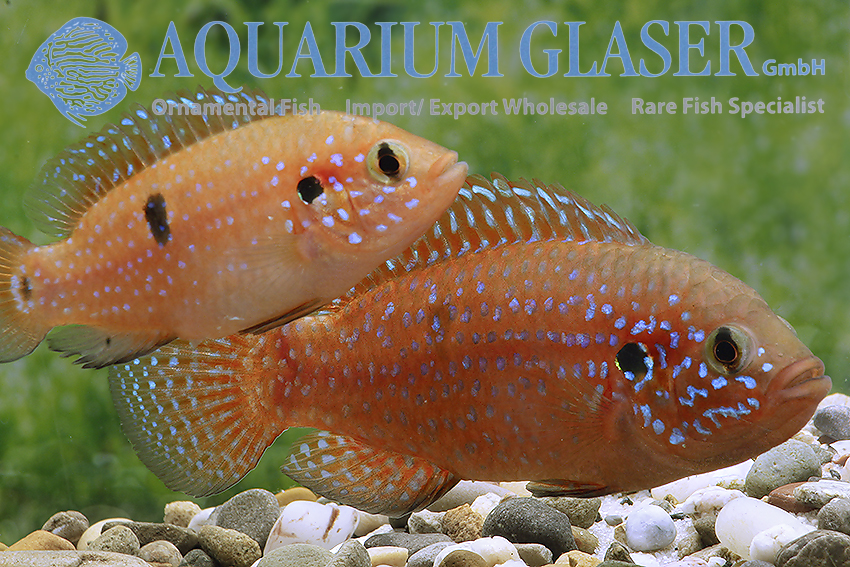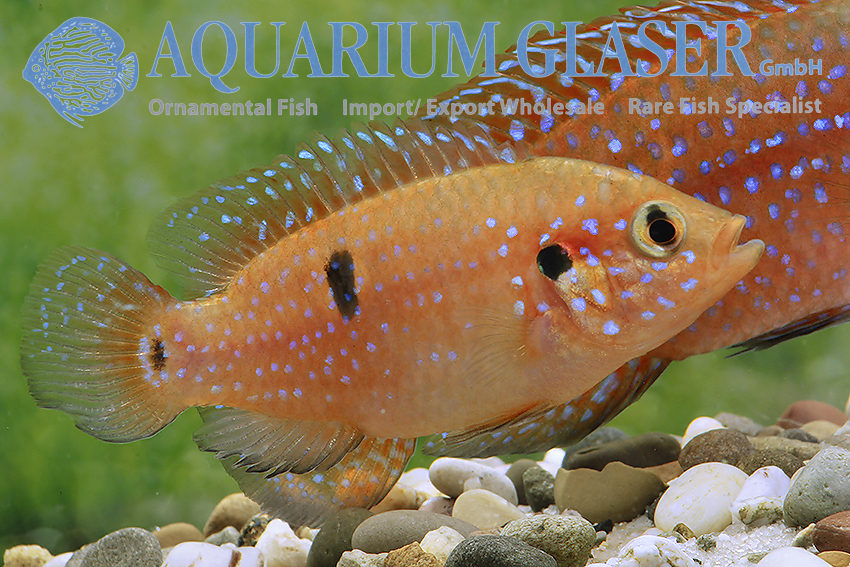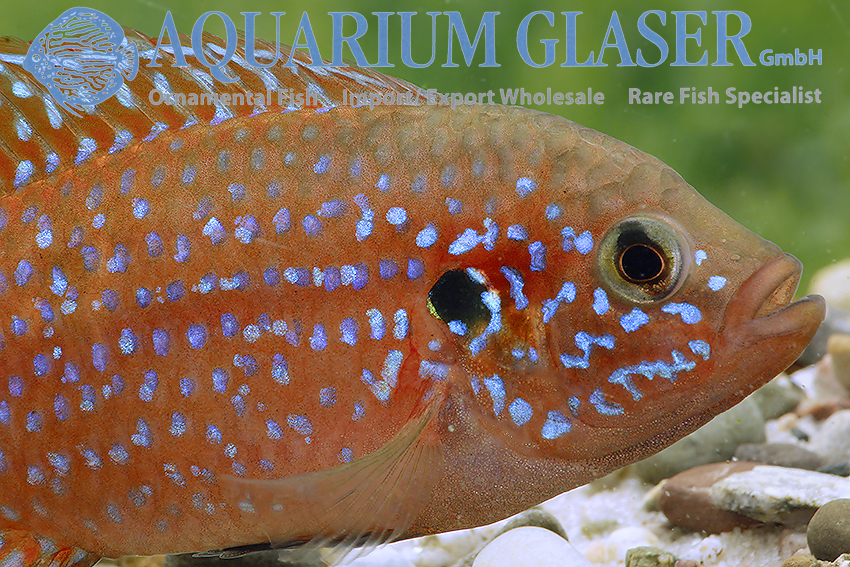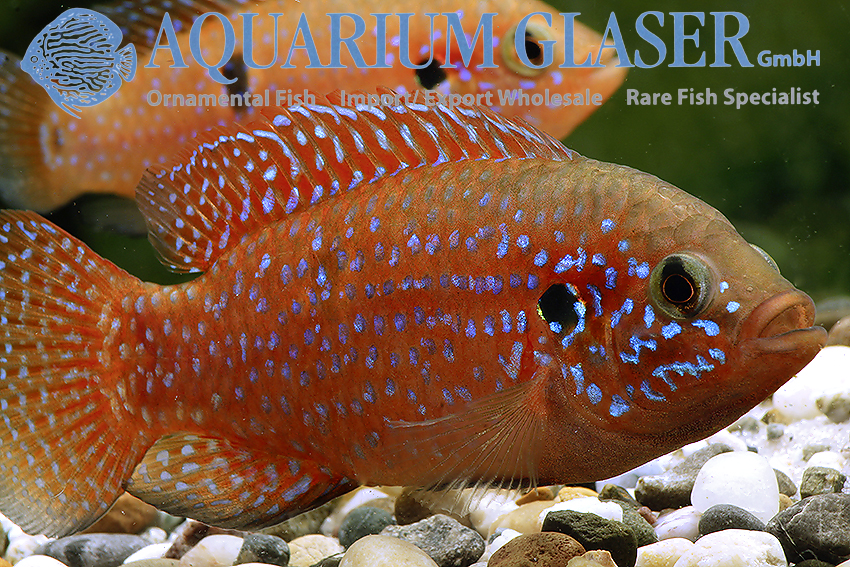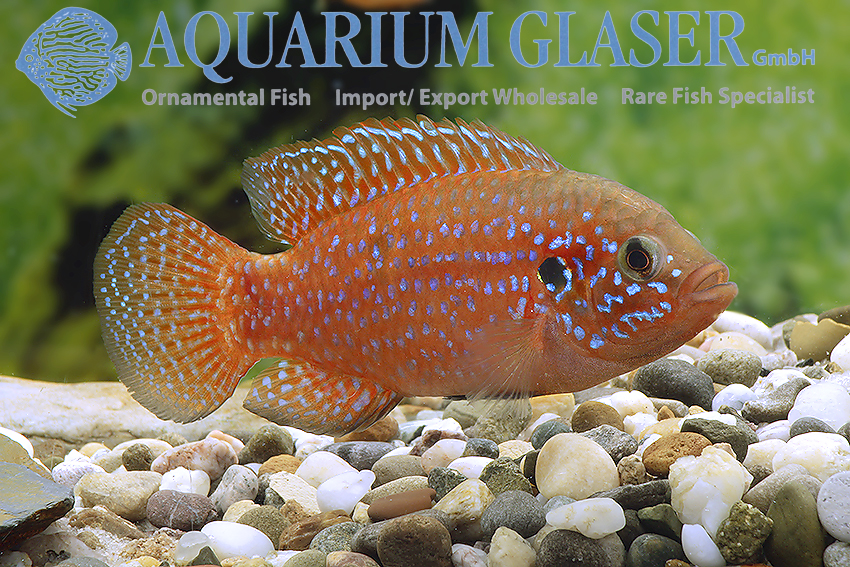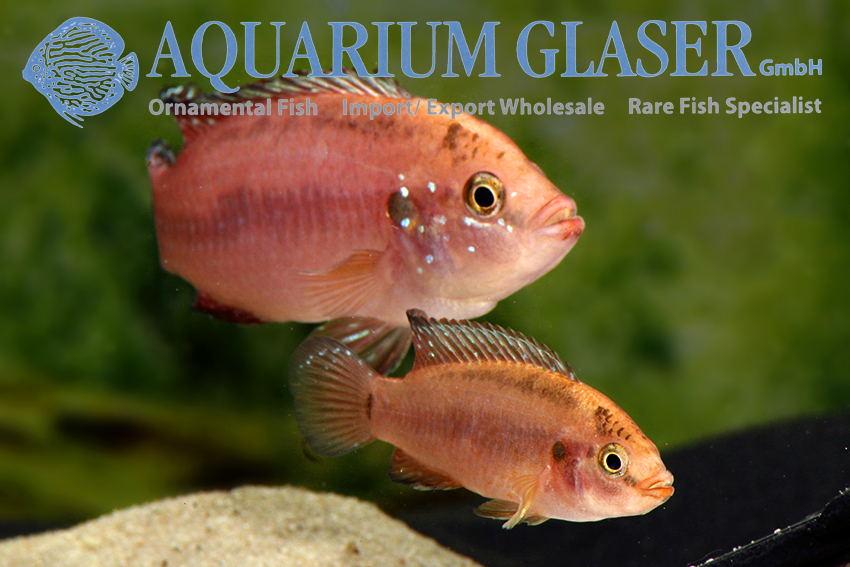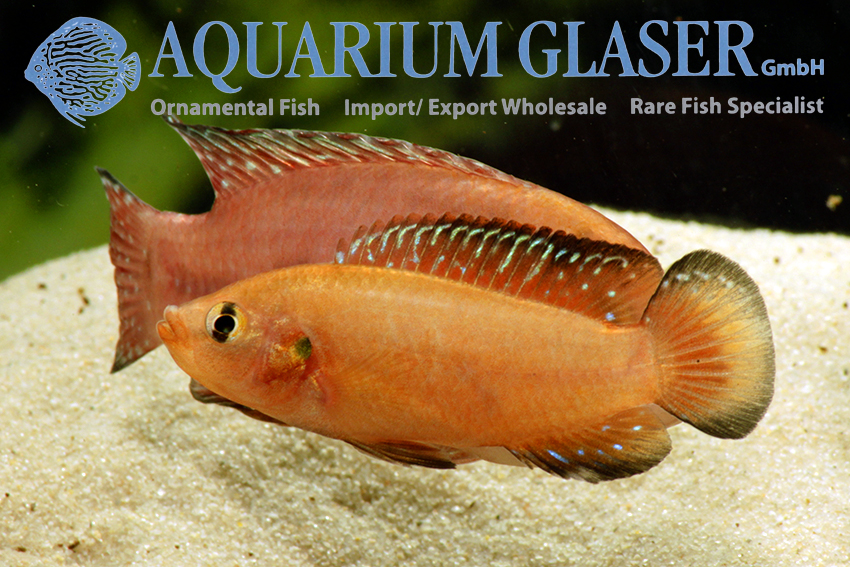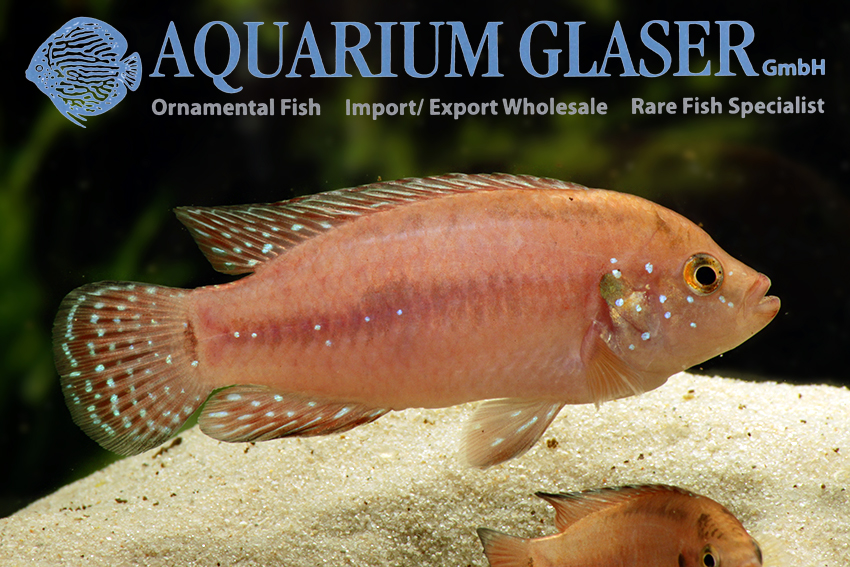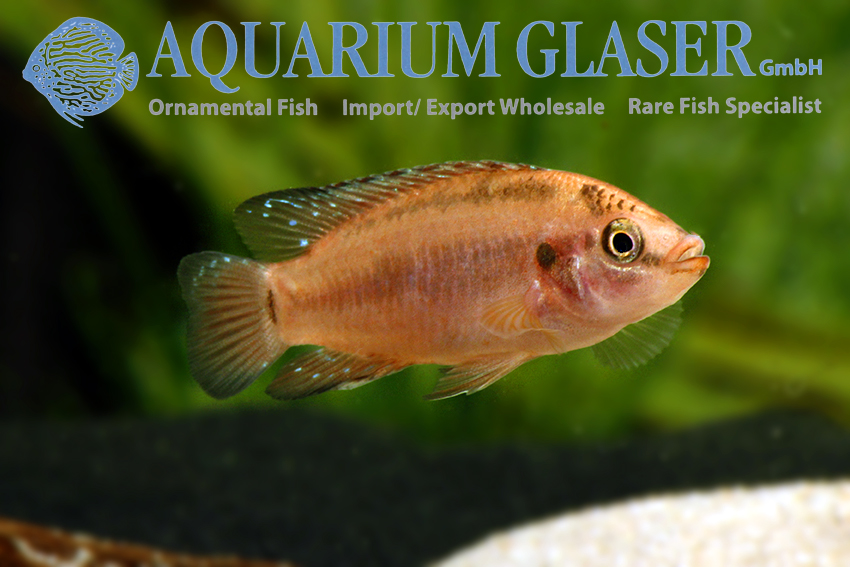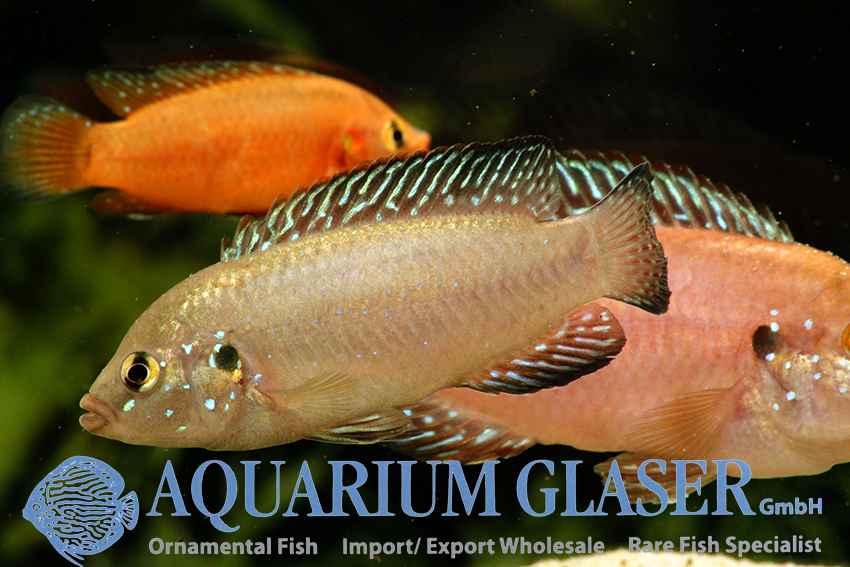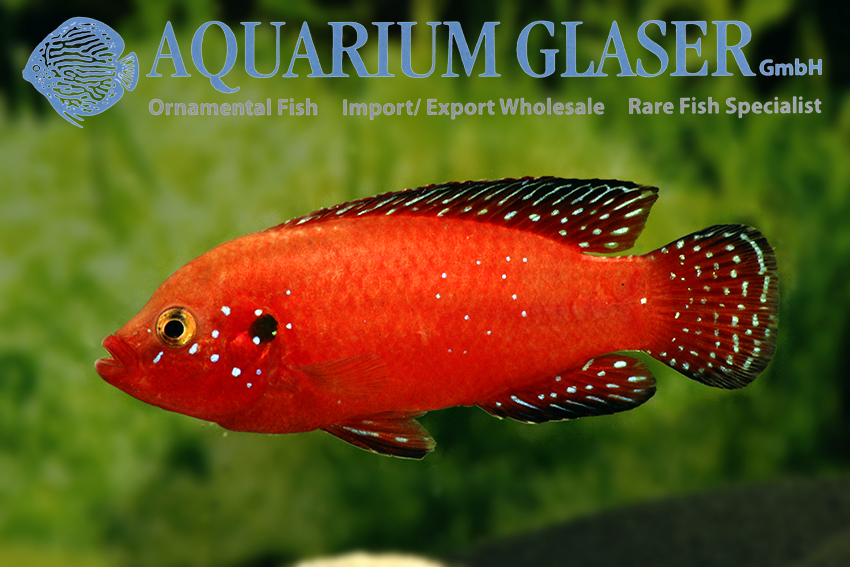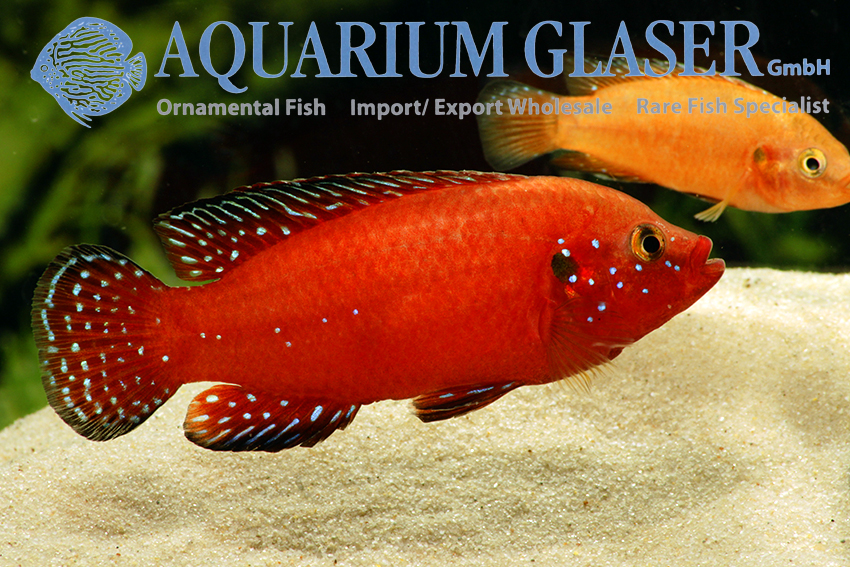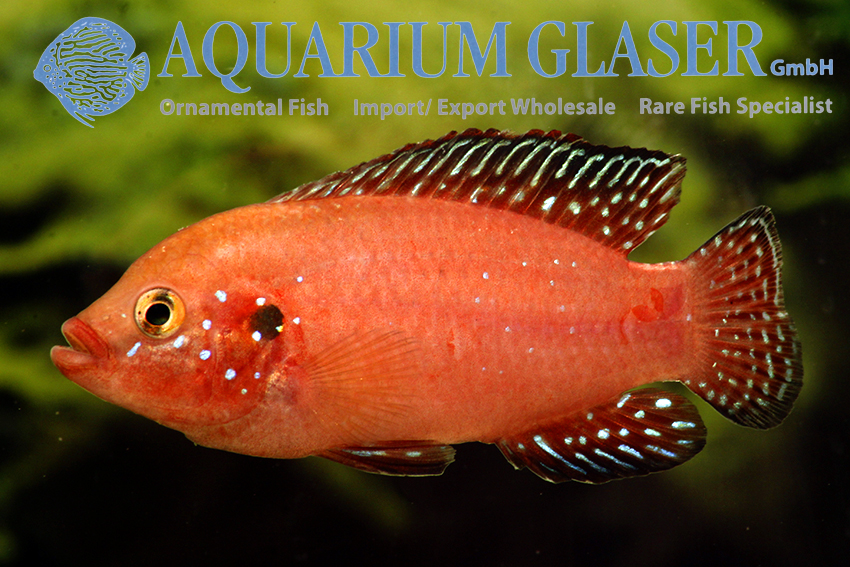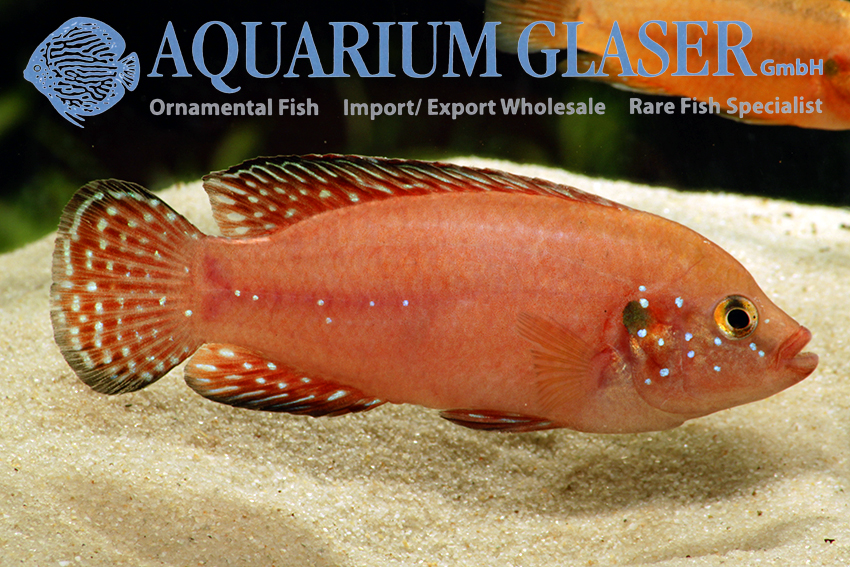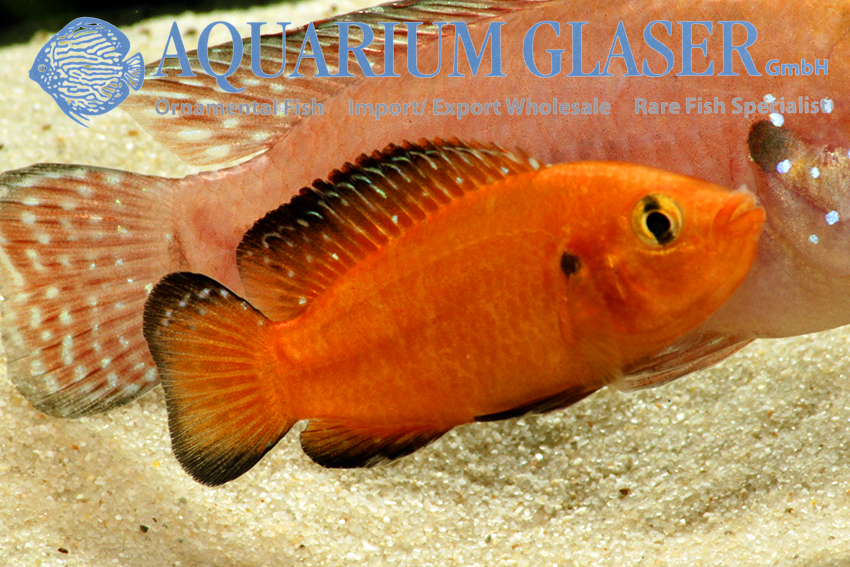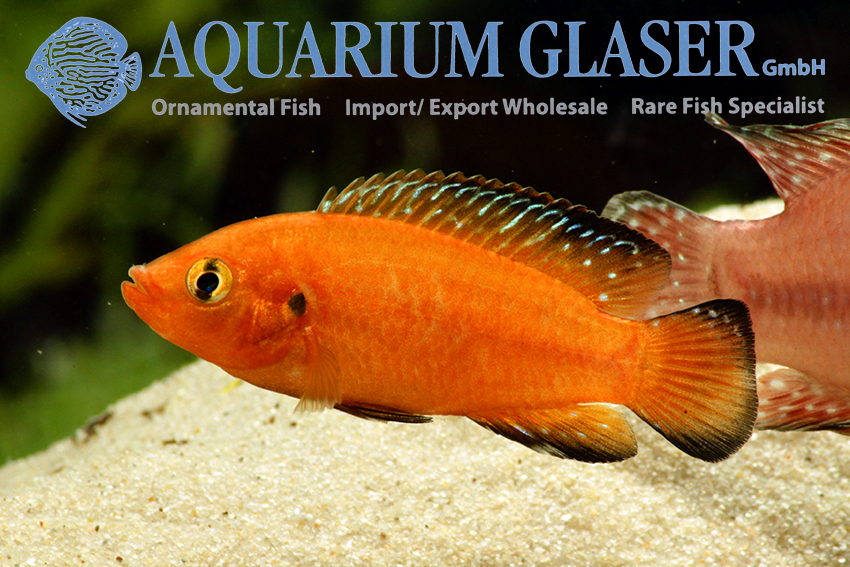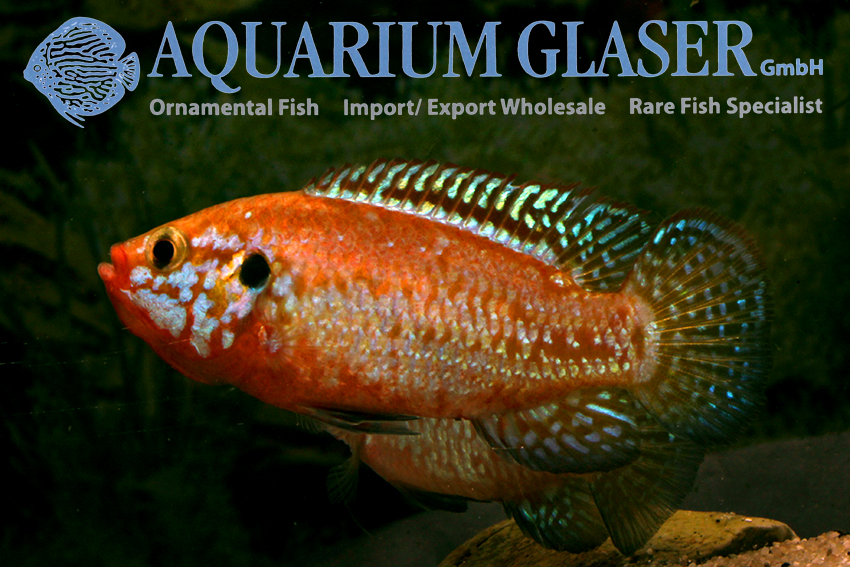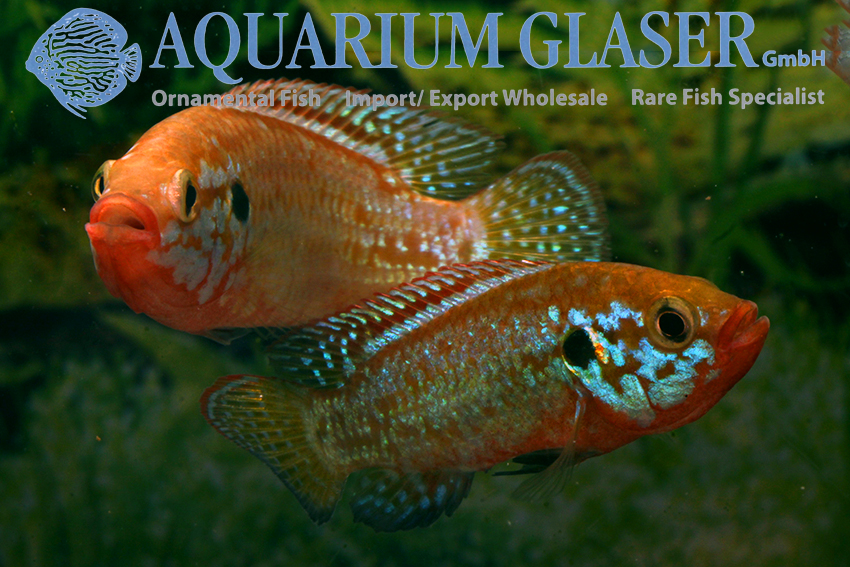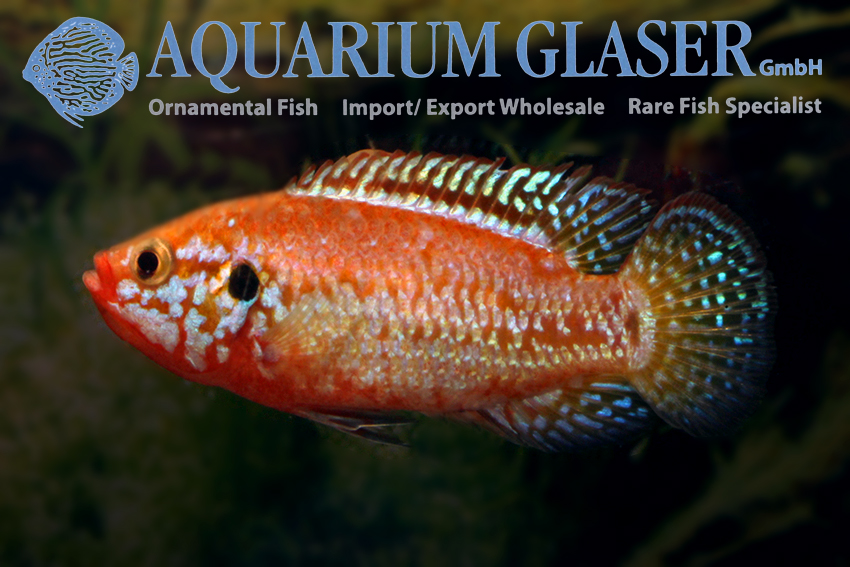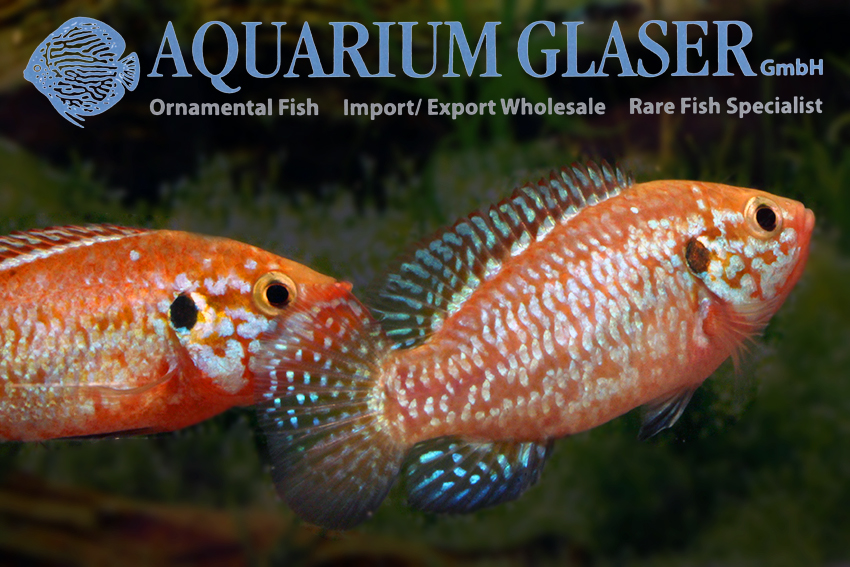Red jewel cichlids are among the most popular aquarium fishes of all. For over 100 years, they have delighted aquarists around the world with their blaze of color and wonderful breeding habits. There is disagreement about the number of species, because these fish are very variable. Until now the red jewel cichlids were known under the generic name Hemichromis.
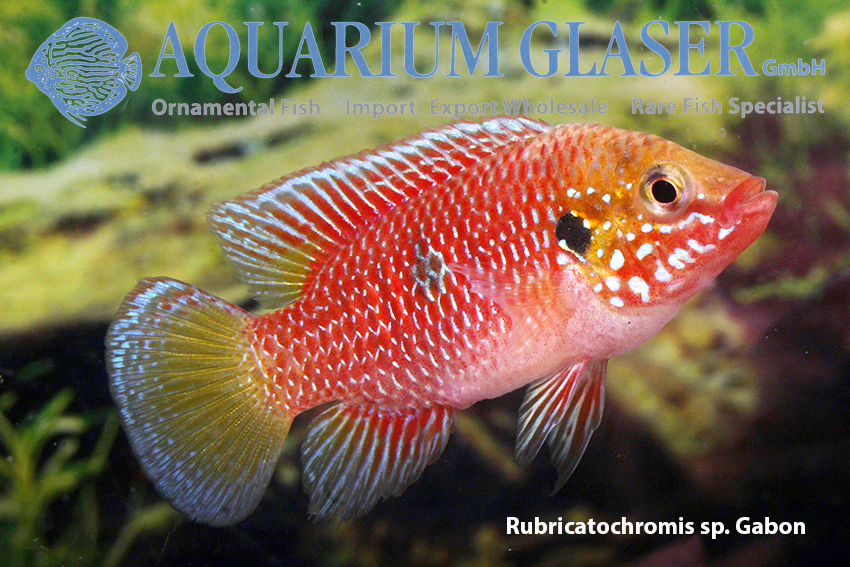
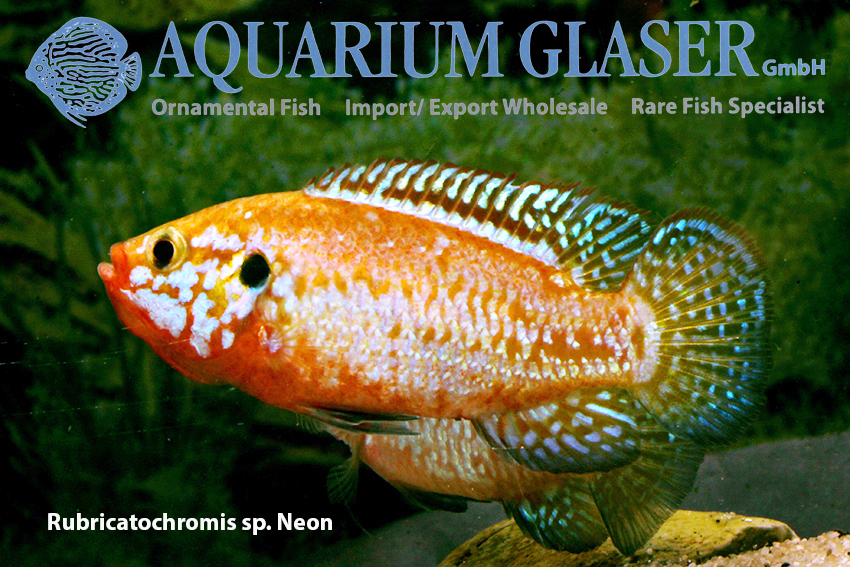
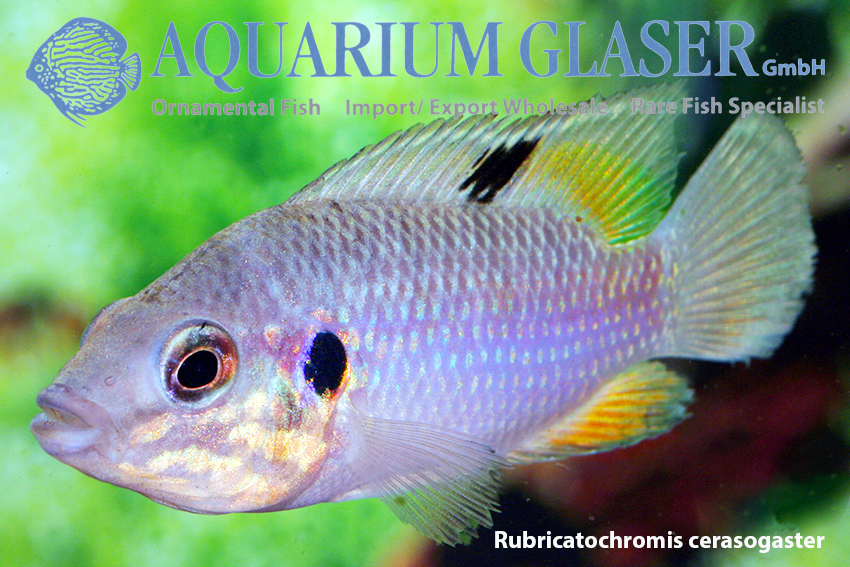
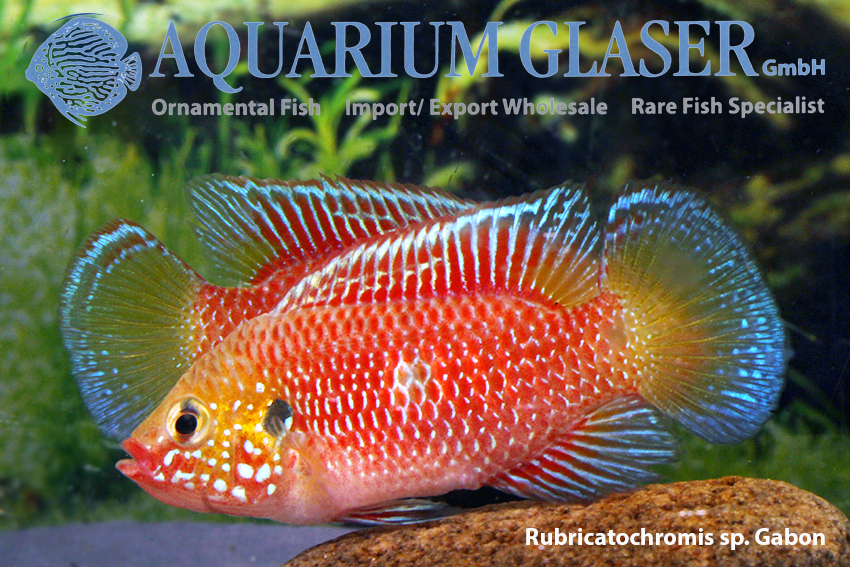
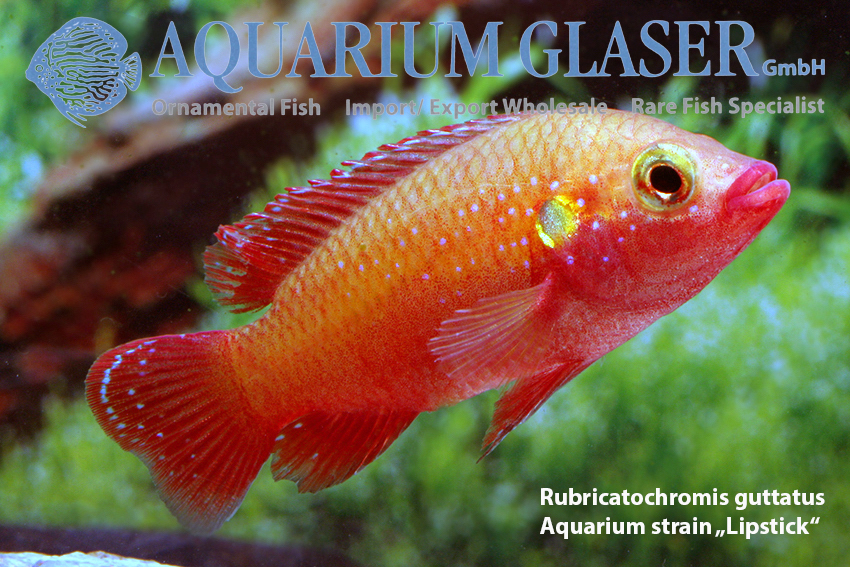
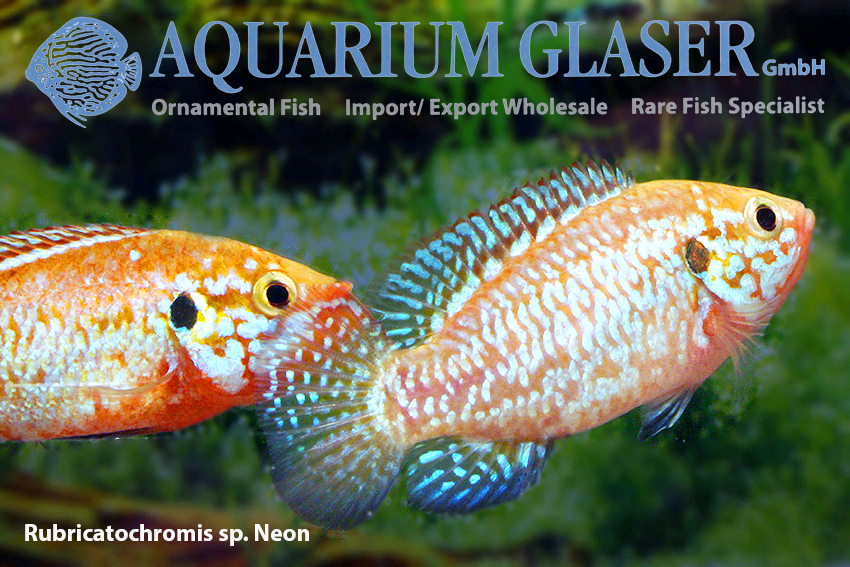
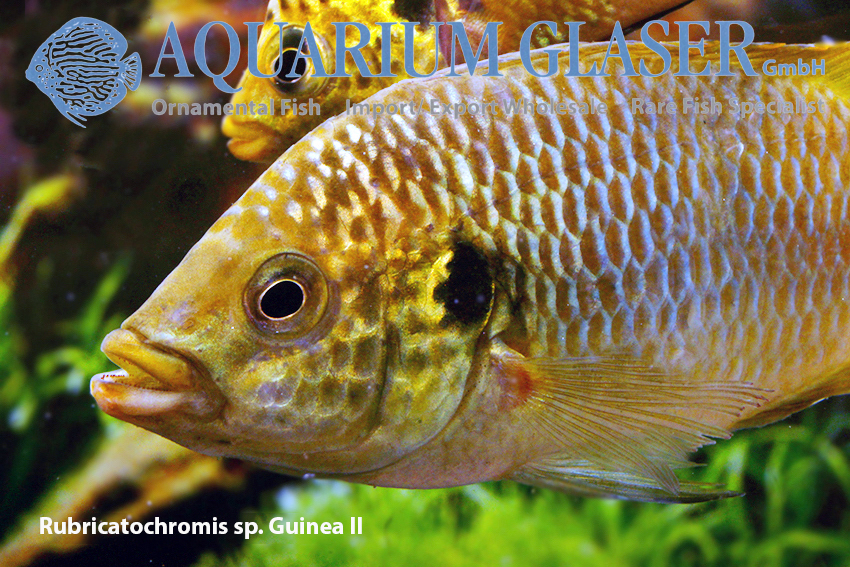
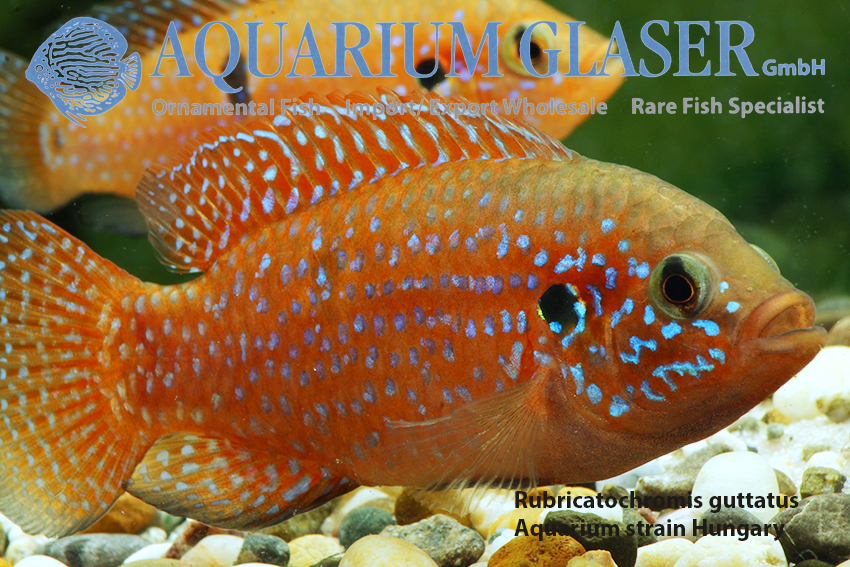
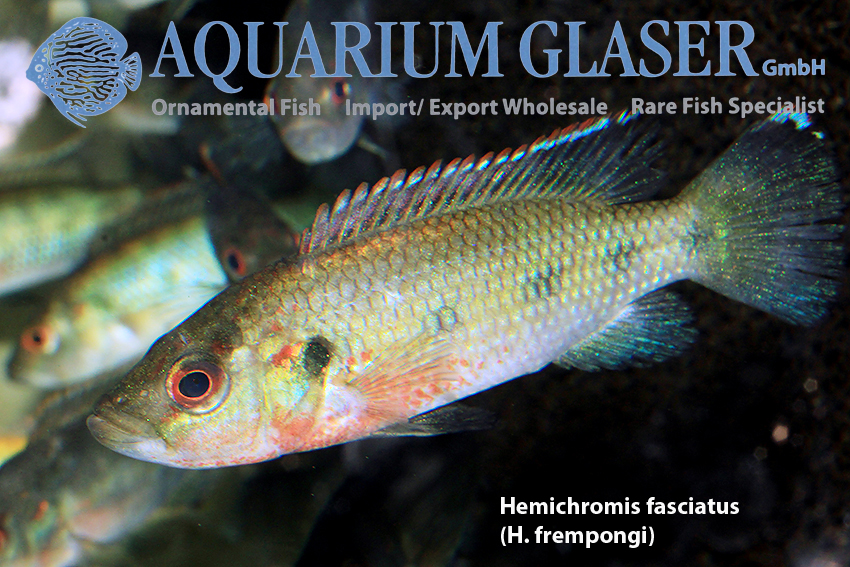
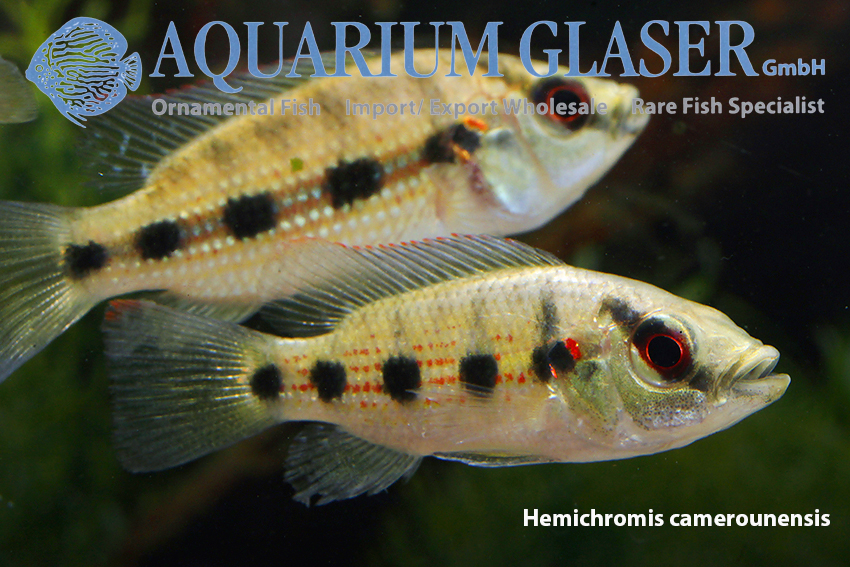
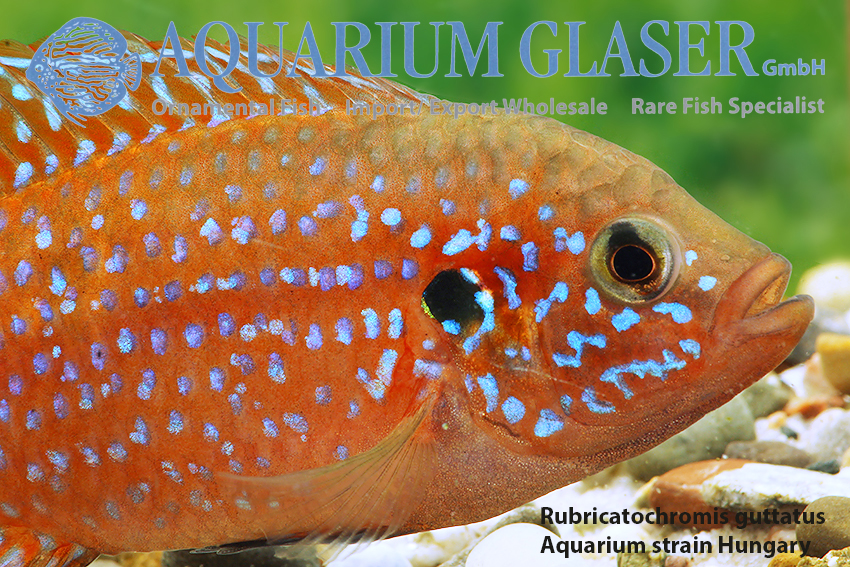
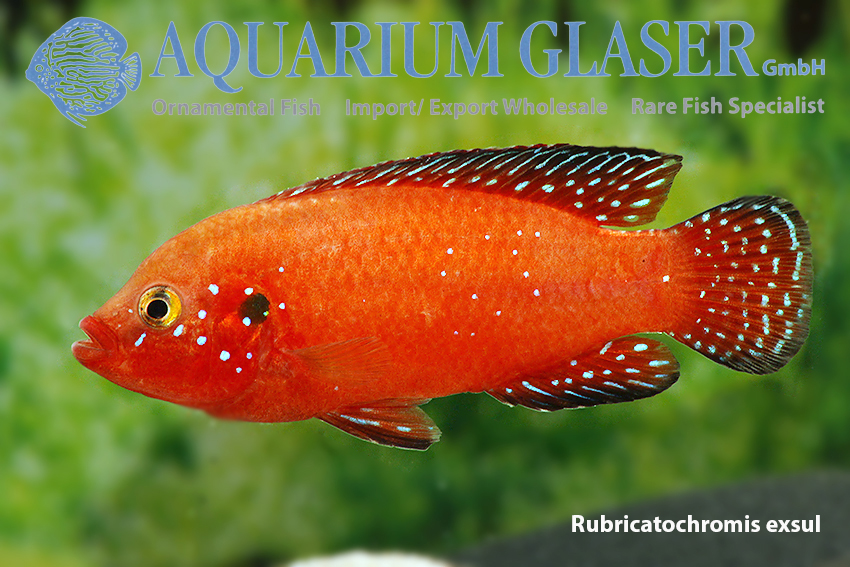
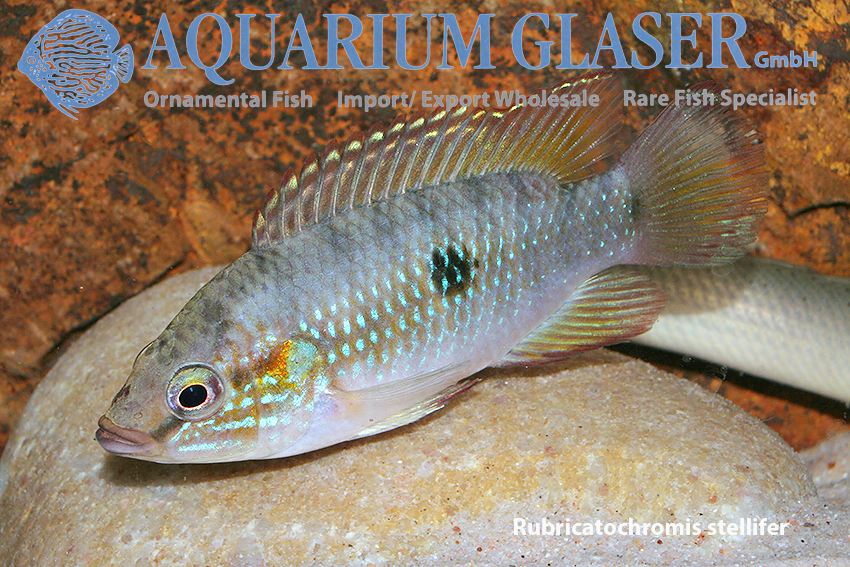
It has always been known that Hemichromis consist of two very different groups of species, namely the so-called five-spotted cichlids and the already mentioned red jewel cichlids. The five-spotted cichlids were recently (November 2022) subjected to a scientific revision by A. Lamboj and S. Koblmüller. One of the results was that the red jewel cichlids and the five-spotted cichlids are not as closely related as previously thought, but represent different evolutionary lineages. Accordingly, they must be in different genera. Type species of Hemichromis is a five-spotted cichlid (H. fasciatus), so the five-spotted cichlids remain in Hemichromis, while for the red jewel cichlids a new generic name had to be coined: Rubricatochromis. This means nothing else than “red coloured perch”. Type species is Rubricatochromis guttatus.
The following species are now in the new classification:
Hemichromis Peters, 1858, with four species:
Hemichromis angolensis Steindachner, 1865
Hemichromis camerounensis Bitja-Nyom, Agnése, Pariselle, Bilong-Bilong & Snoeks, 2021
Hemichromis elongatus (Guichenot, 1861)
Hemichromis fasciatus Peters, 1858
The species H. frempongi Loiselle, 1979, has already been synonymized with H. fasciatus by Bitja-Nyom et al., 2021.
Rubricatochromis Lamboj & Koblmüller, 2022, with nine described species:
Rubricatochromis bimaculatus (Gill, 1862).
Rubricatochromis cerasogaster (Boulenger, 1898)
Rubricatochromis cristatus (Loiselle, 1979)
Rubricatochromis exsul (Trewavas, 1933)
Rubricatochromis guttatus (Günther, 1862)
Rubricatochromis letourneuxi (Sauvage, 1880)
Rubricatochromis lifalili (Loiselle, 1979)
Rubricatochromis paynei (Loiselle, 1979)
Rubricatochromis stellifer (Loiselle, 1979)
and at least four scientifically not yet described taxa:
Rubricatochromis sp. „Gabon“
Rubricatochromis sp. „Guinea 1“
Rubricatochromis sp. „Guinea 2“
Rubricatochromis sp. „neon“
Literature:
Lamboj, A. & S. Koblmüller (2022): Molecular phylogeny and taxonomic revision of the cichlid genus Hemichromis (Teleostei, Cichliformes, Cichlidae), with description of a new genus and revalidation of H. angolensis. Hydrobiologia, https://doi.org/10.1007/s10750-022-05060-y
Text & photos: Frank Schäfer





